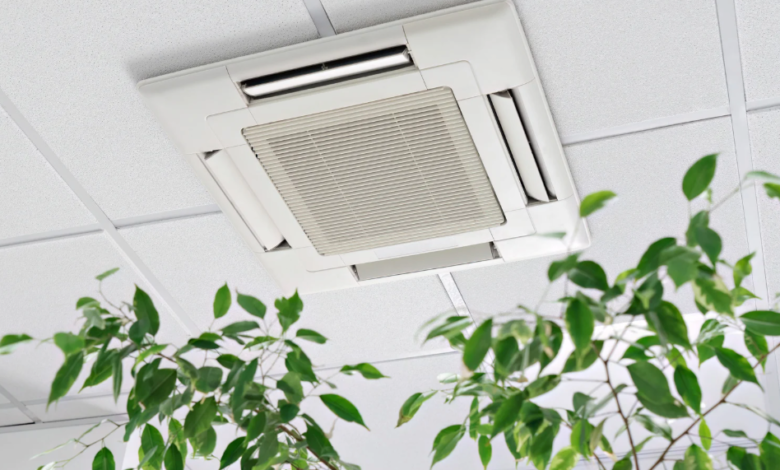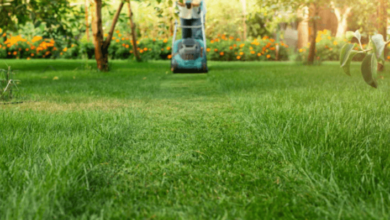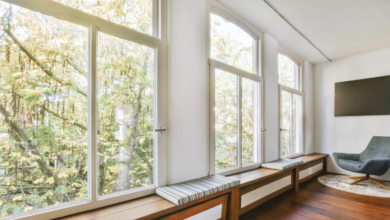Seasonal Changes and Their Effect on Indoor Air Quality

Indoor air quality is a key factor in maintaining a healthy and comfortable home. Yet, as the seasons change, so do the environmental conditions that impact the air we breathe. Whether it’s humidity in the summer or trapped allergens in the winter, fluctuations in temperature and ventilation significantly impact the cleanliness and balance of your indoor environment. If you want to improve indoor air quality in Port Charlotte, partnering with professionals can help you adapt to these seasonal shifts with confidence. Understanding how each season impacts air quality helps you stay ahead of potential health concerns and maintain year-round comfort.
Spring and Summer: Pollen, Humidity, and Ventilation Shifts
Warmer months introduce challenges like increased pollen, higher humidity, and greater reliance on cooling systems. Spring brings a surge of outdoor allergens such as tree pollen and grass spores, which often find their way indoors. If air filters aren’t regularly changed or HVAC systems aren’t cleaned, these irritants recirculate throughout your home. Additionally, summer humidity can contribute to mold growth and excess moisture, especially in poorly ventilated areas.
Professionals often highlight the common culprits behind subpar indoor air and recommend solutions such as upgraded filters, dehumidifiers, and improved airflow to maintain fresh, breathable air during peak allergy seasons.
See also: The Importance of Timely Roofing Repairs for Your Home’s Value
Fall and Winter: Stale Air, Dust, and Insufficient Ventilation
Colder months shift the problem from outdoor allergens to indoor pollutants. With windows closed and heating systems working overtime, air can become stale and dry. Dust, pet dander, and cleaning chemicals accumulate in tightly sealed spaces. Fireplaces and gas heating systems may also release combustion byproducts that impact air quality if not properly ventilated.
During these months, it’s especially important to ensure that air purifiers are functioning correctly and that heating systems are clean and balanced. These simple actions help reduce respiratory discomfort and create a safer home environment.
Health and Wellness Concerns Year-Round
Poor indoor air quality can trigger a variety of health symptoms. From sneezing and eye irritation to more serious issues like asthma or fatigue, long-term exposure to indoor pollutants is more harmful than many realize. Maintaining clean air through the seasons helps support better sleep, clearer focus, and a stronger immune response. This is why many experts stress the value of indoor air quality testing, especially during seasonal transitions when conditions change rapidly.
Proactive Maintenance for Cleaner Indoor Air
One of the best ways to handle seasonal air quality challenges is through regular HVAC maintenance and ventilation checks. Professionals can clean ductwork, replace filters, and ensure humidity control systems are functioning properly. These services help your HVAC system adapt to changing conditions, reducing the risk of mold growth or allergen buildup.
Installing programmable thermostats, using HEPA-rated filters, and monitoring humidity levels are also effective tools in managing air quality. With routine attention, your indoor environment can stay clean, balanced, and responsive to the outdoor climate.
Conclusion
Seasonal changes bring shifting indoor air quality challenges, from pollen and humidity to stale winter air and dust accumulation. By staying proactive with ventilation, filtration, and professional inspections, homeowners can maintain a healthier and more comfortable indoor environment throughout the year. Awareness and routine care ensure that air quality remains a consistent strength, not a hidden threat.





